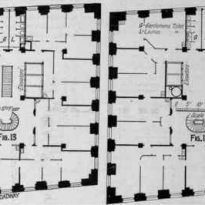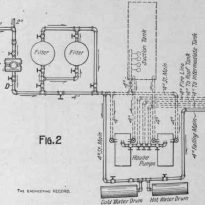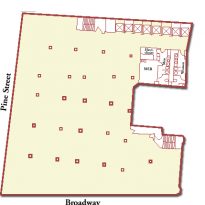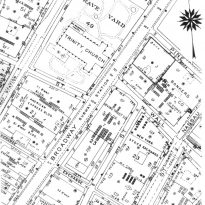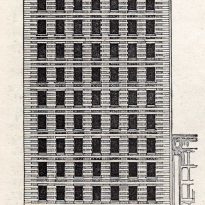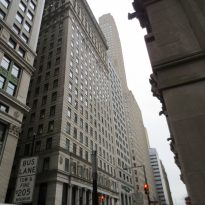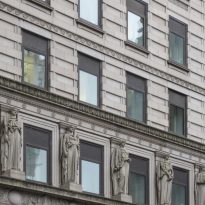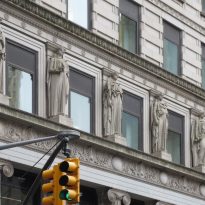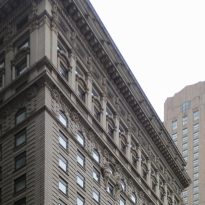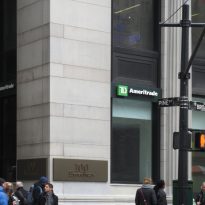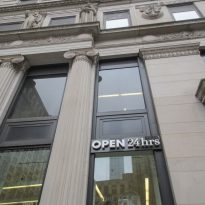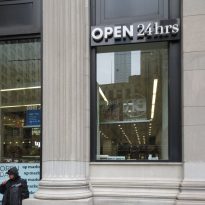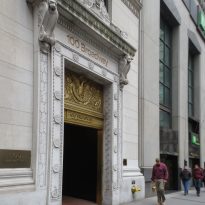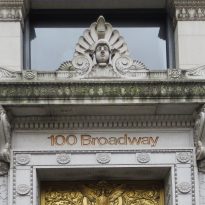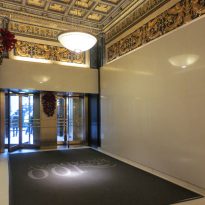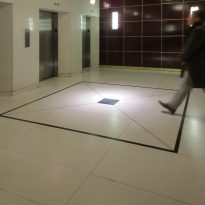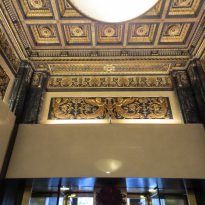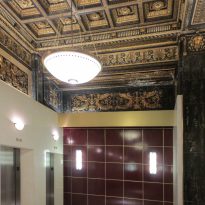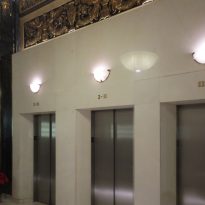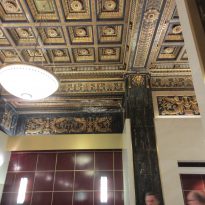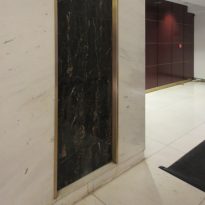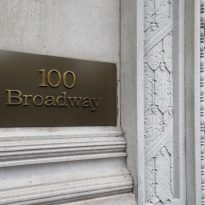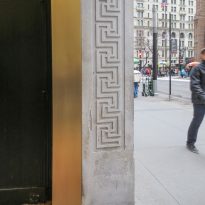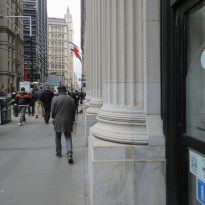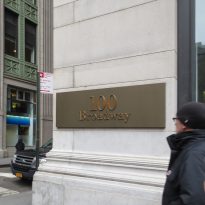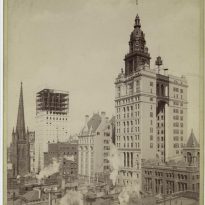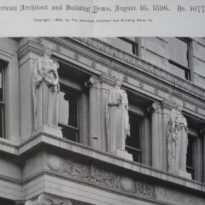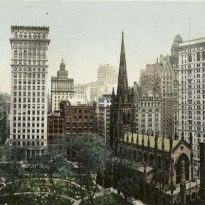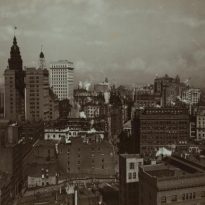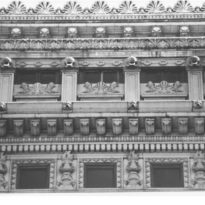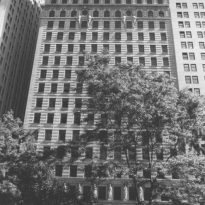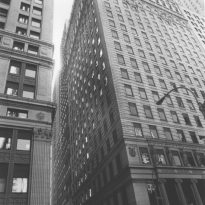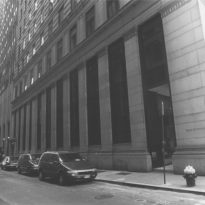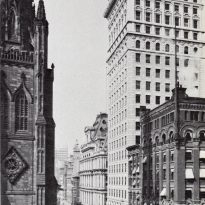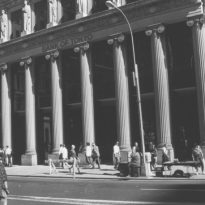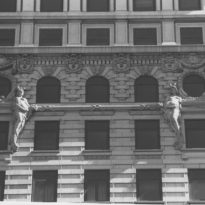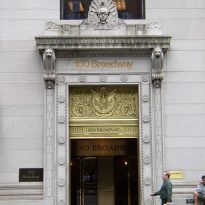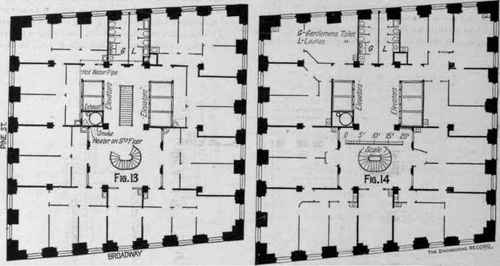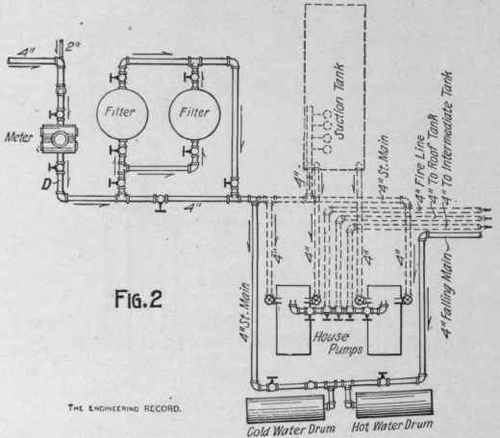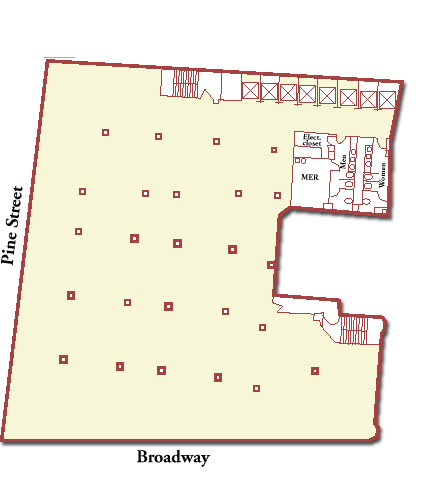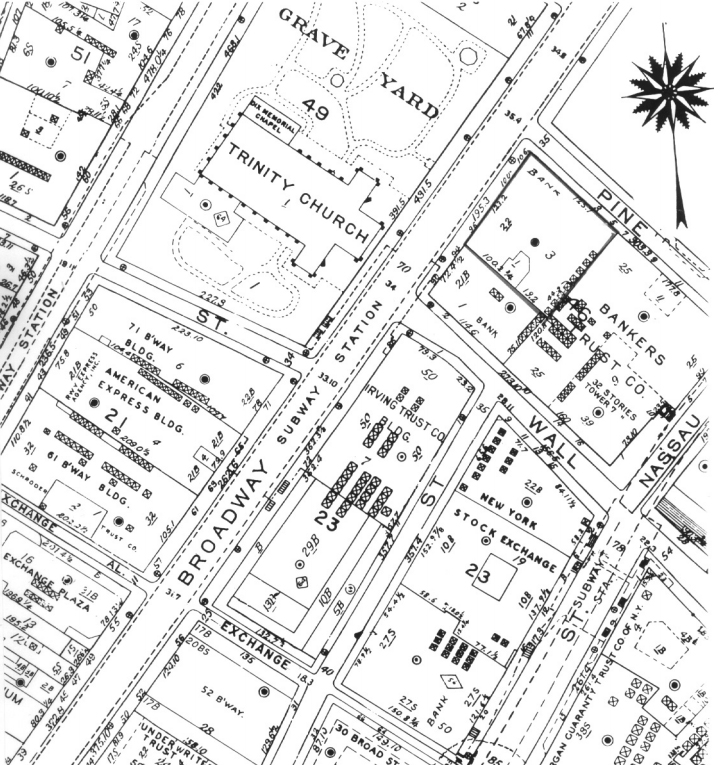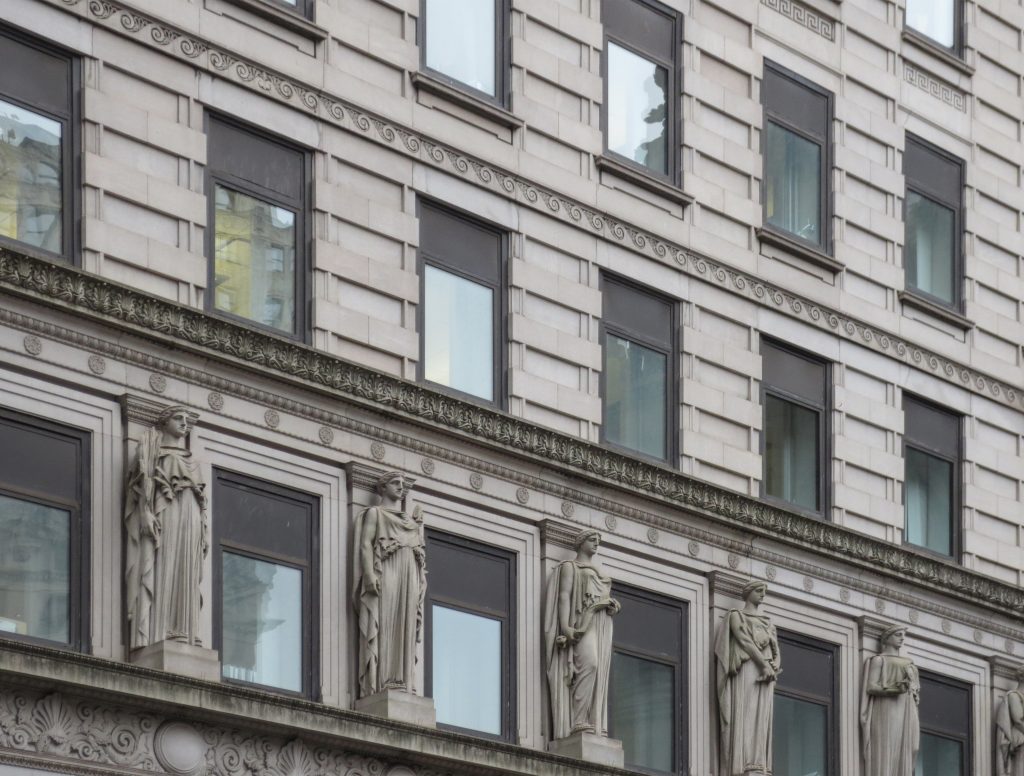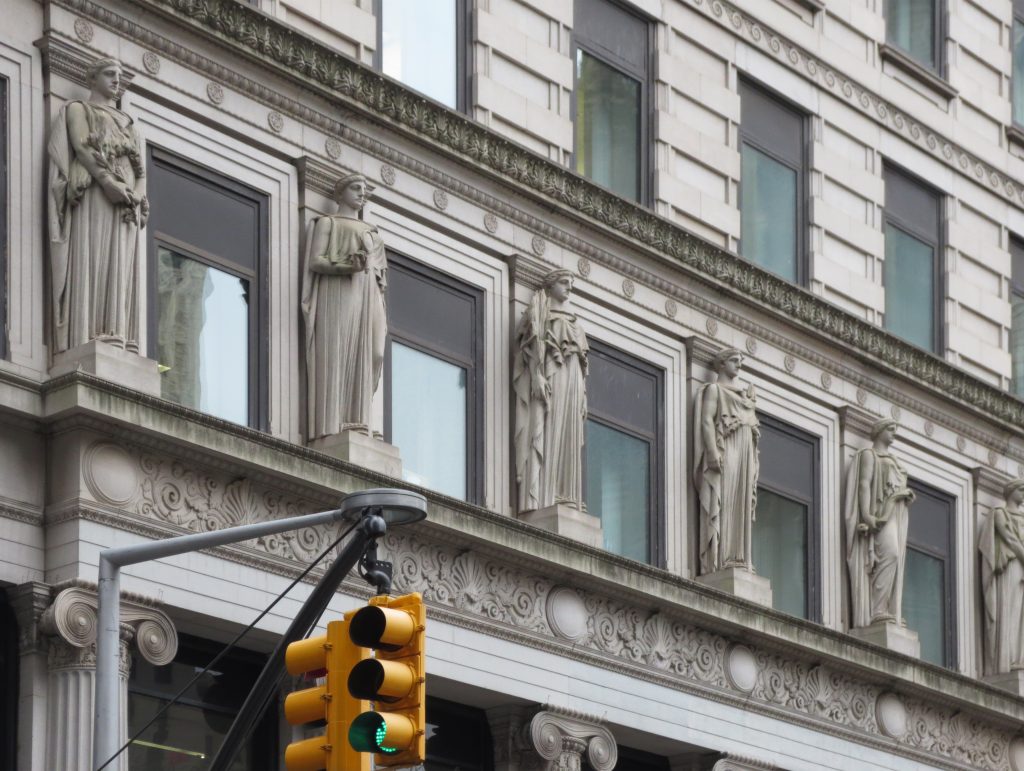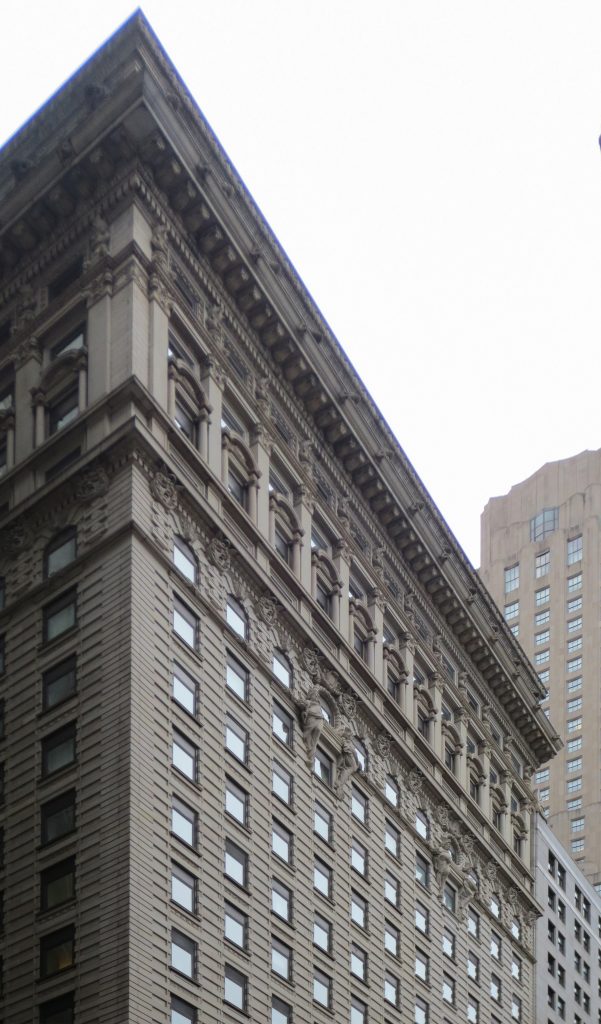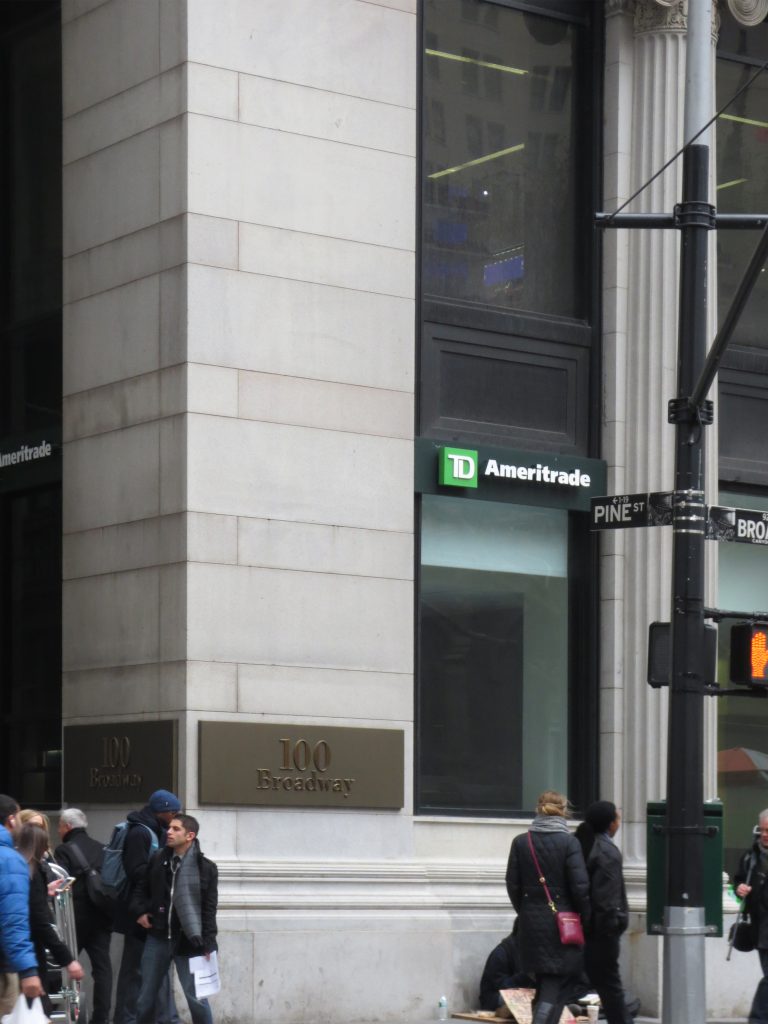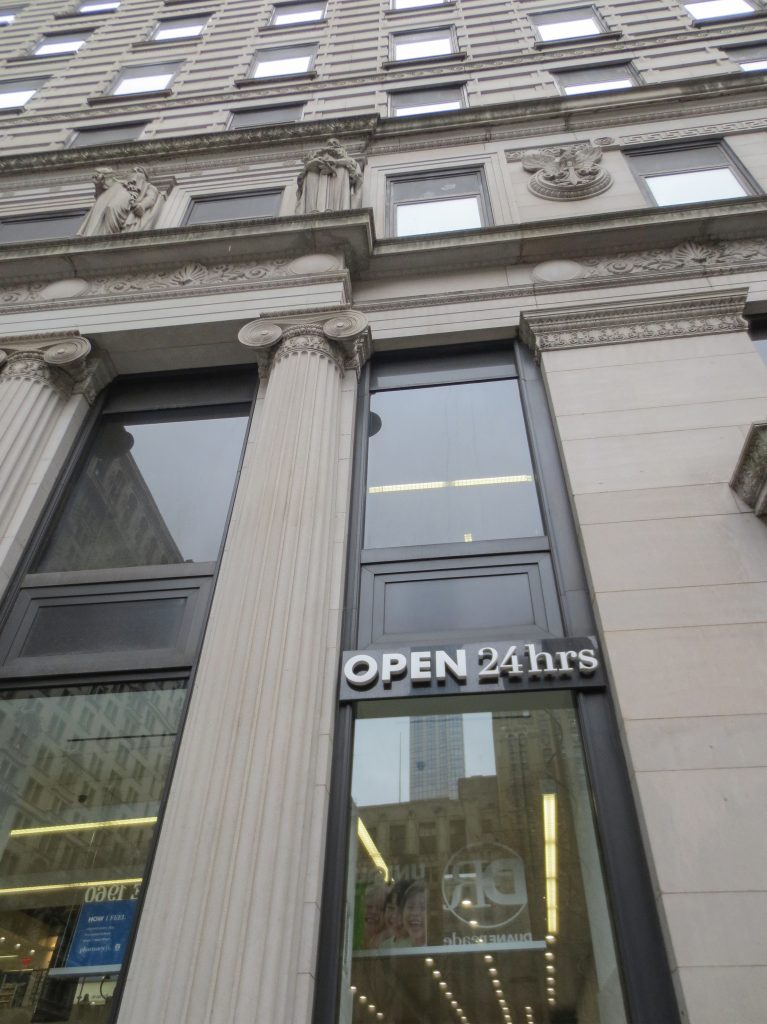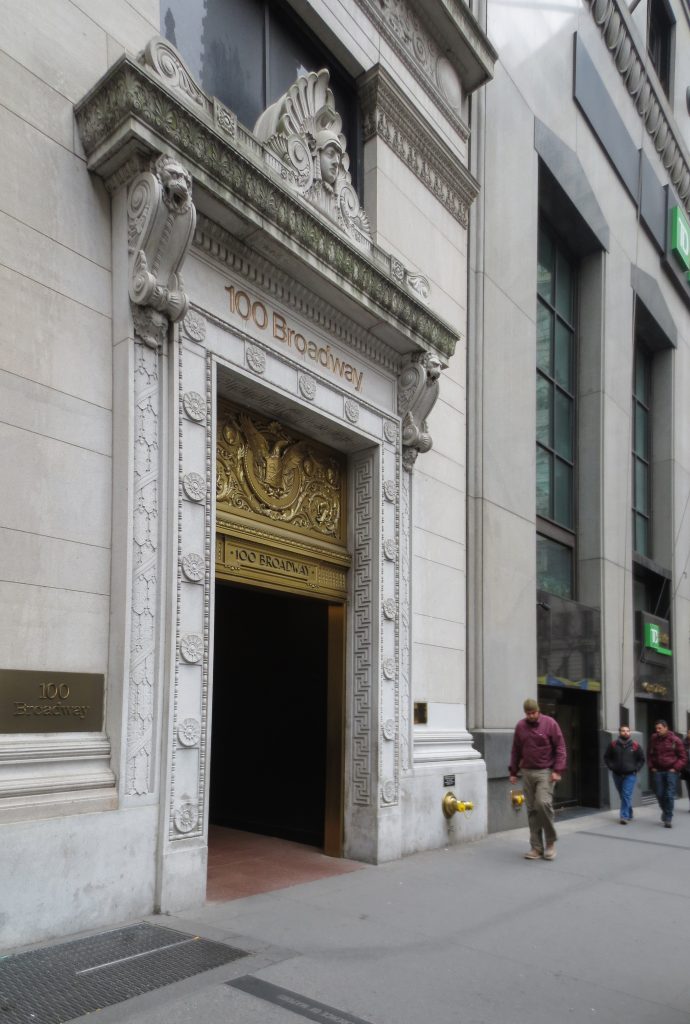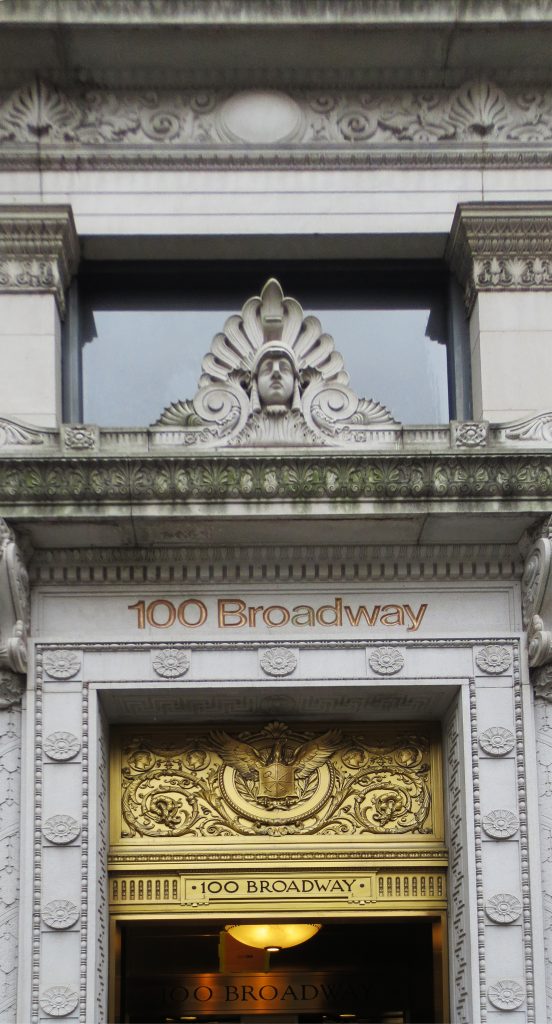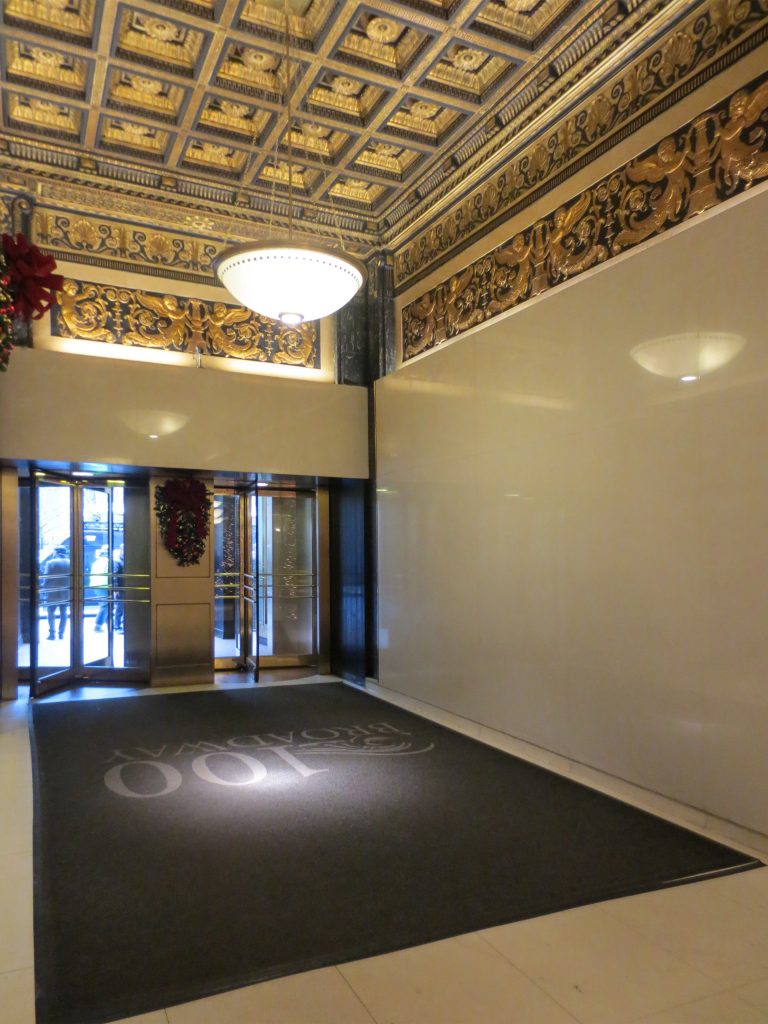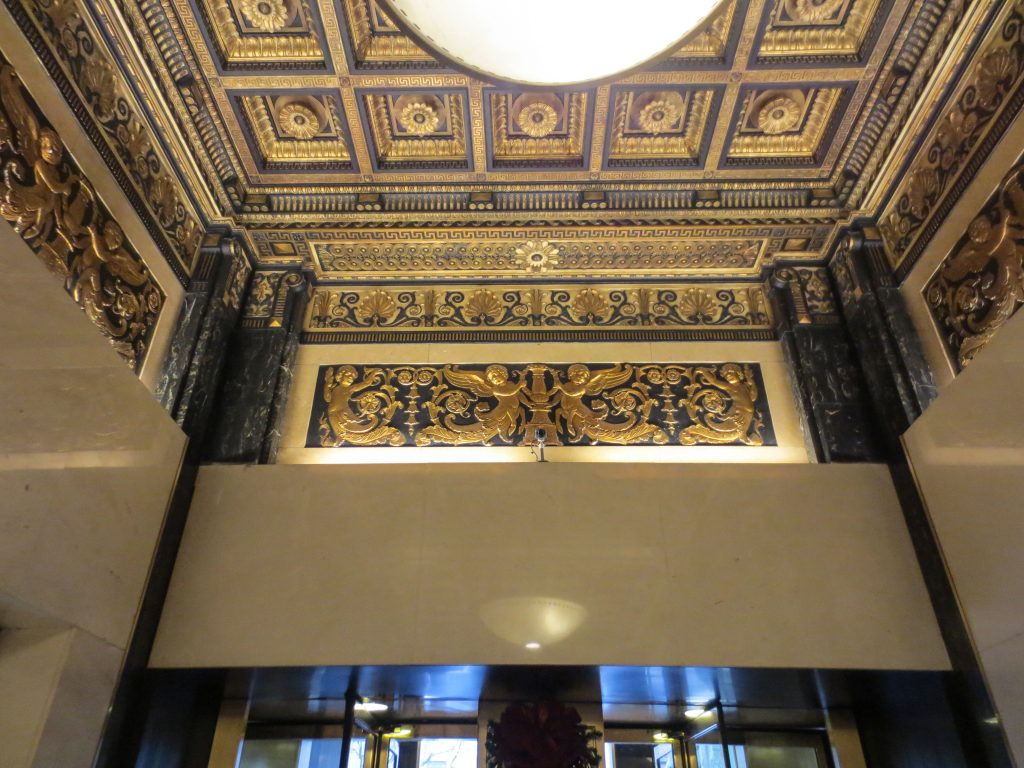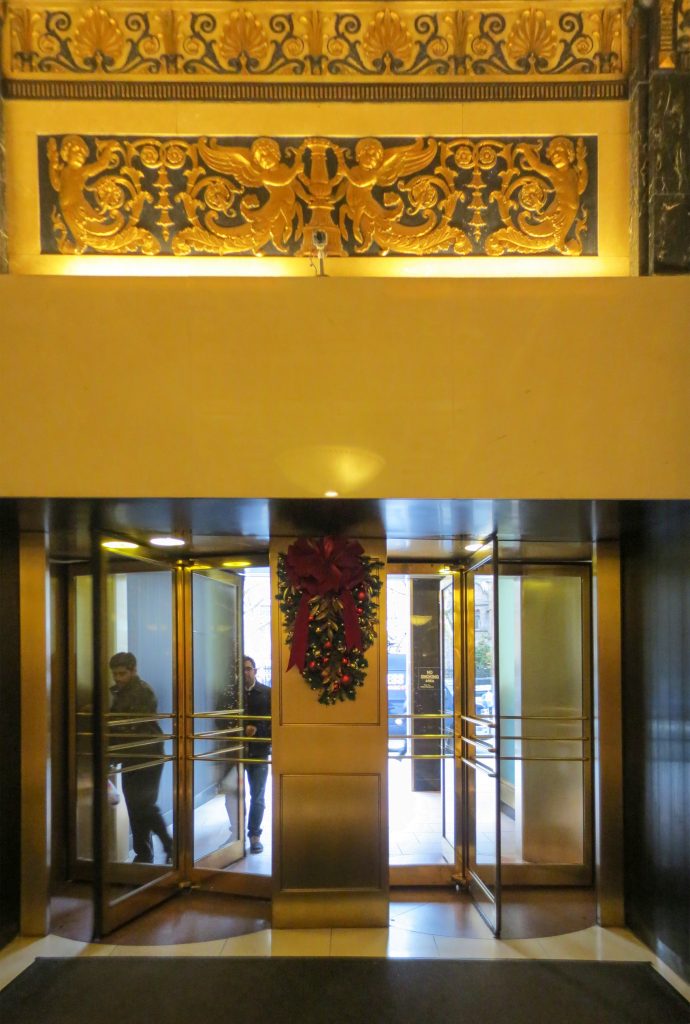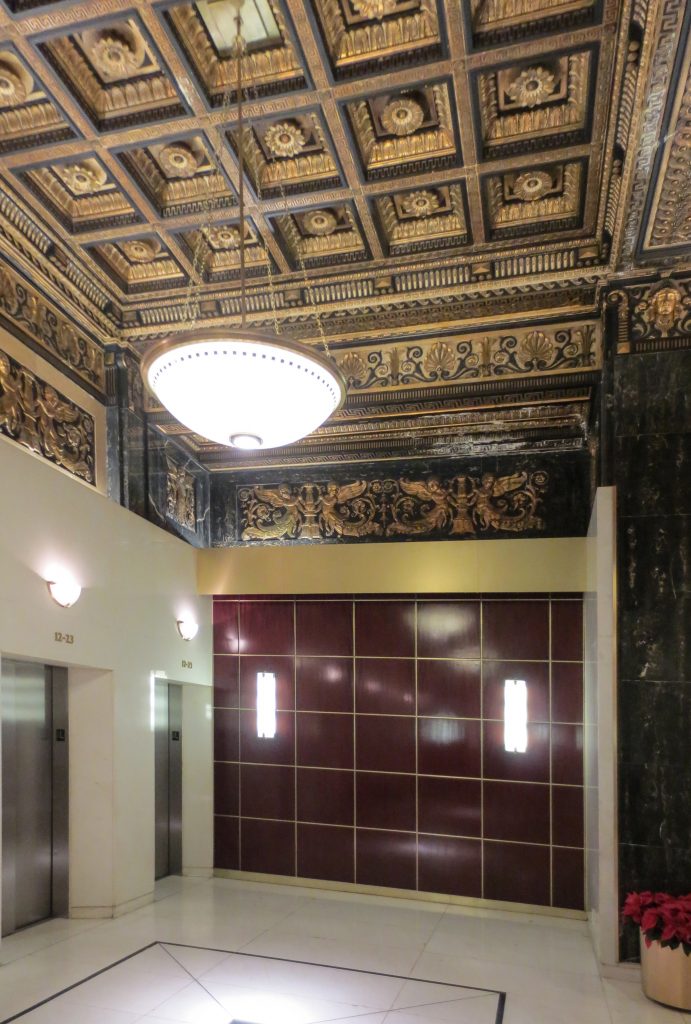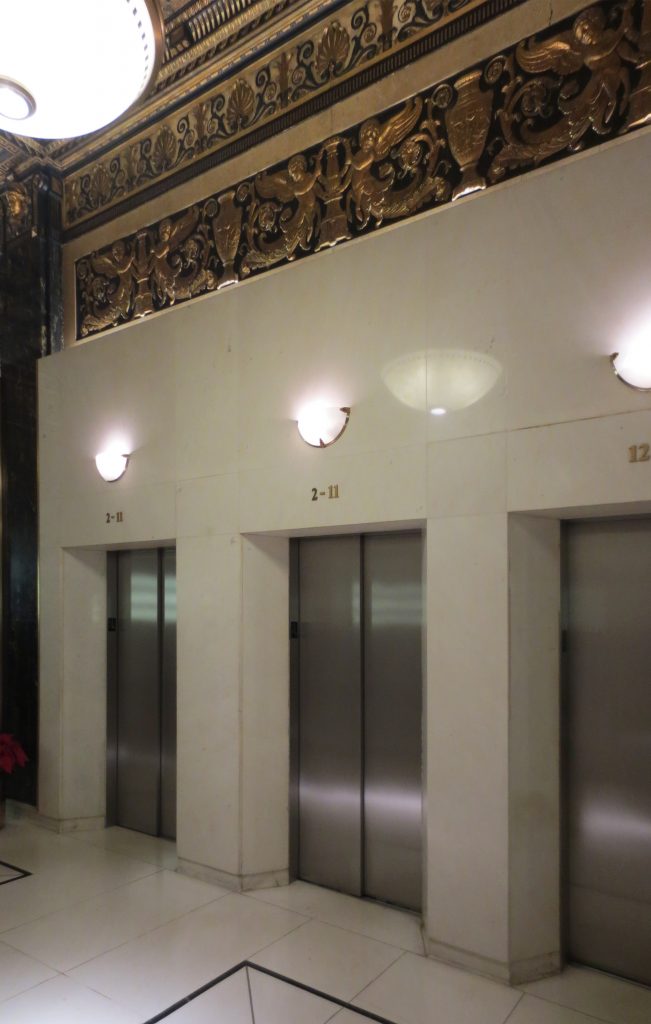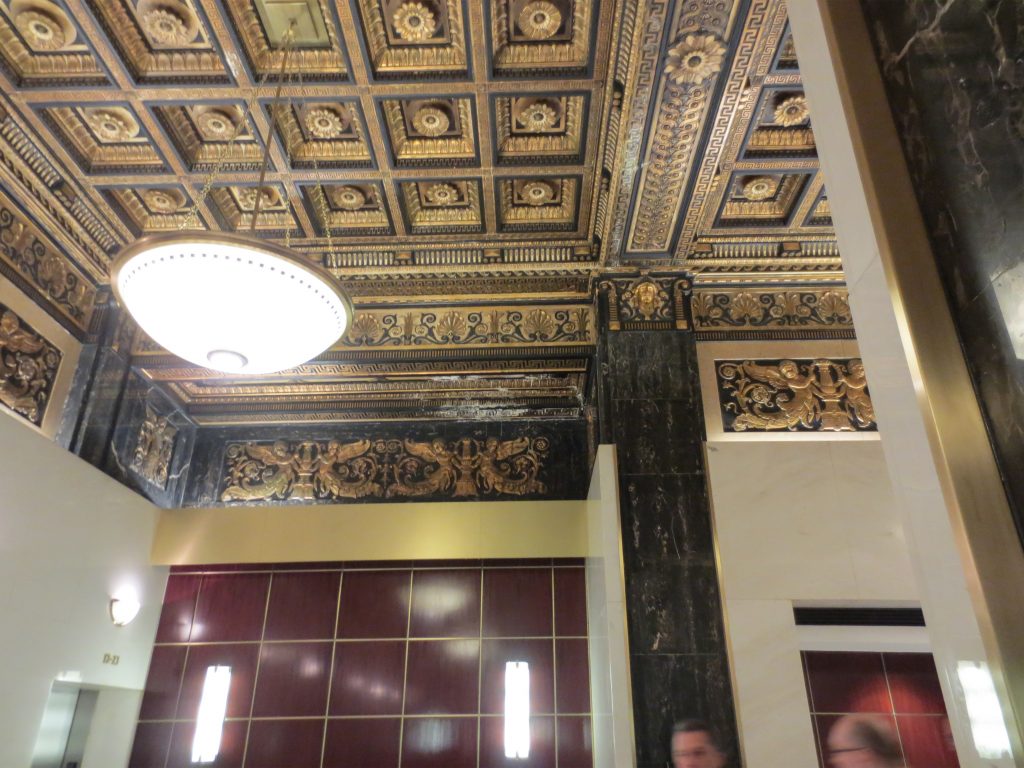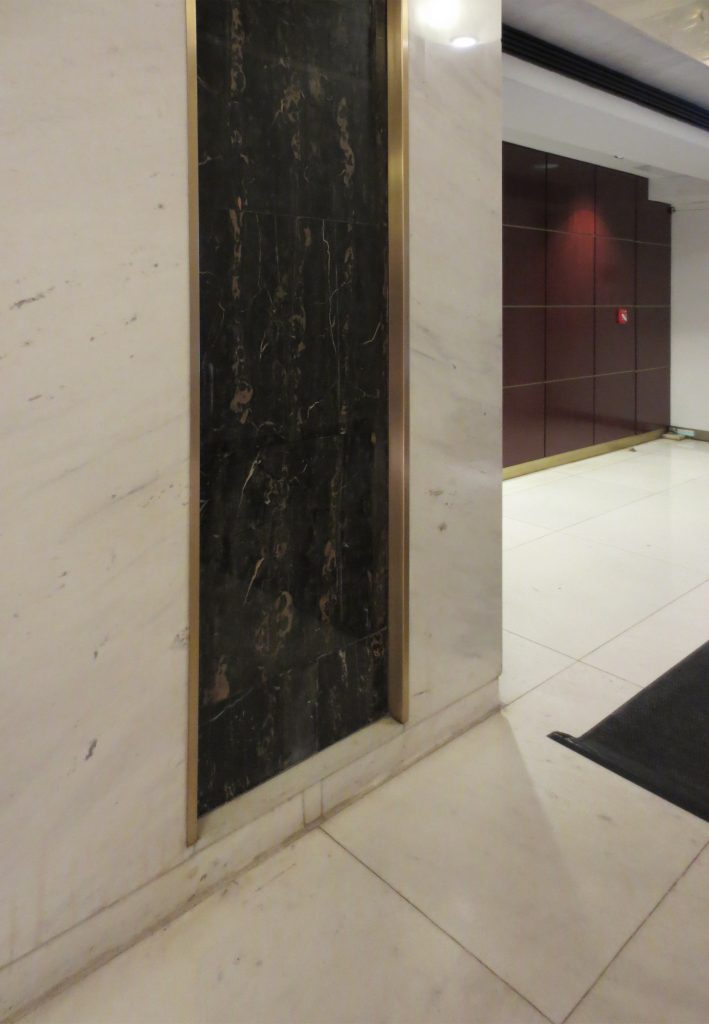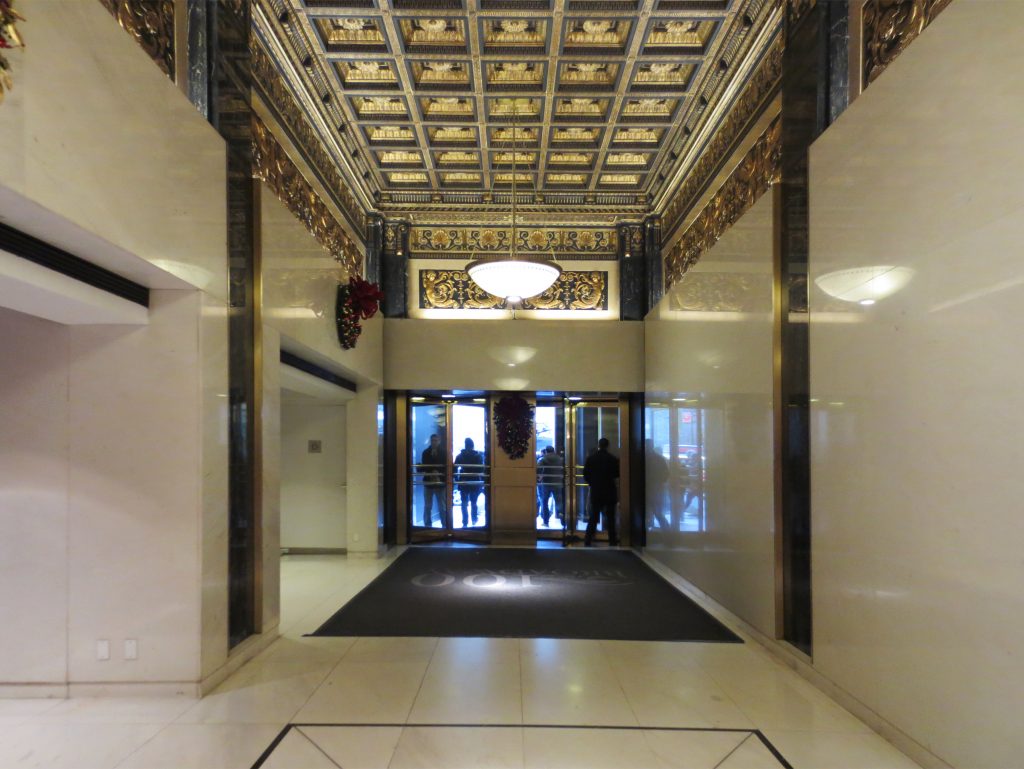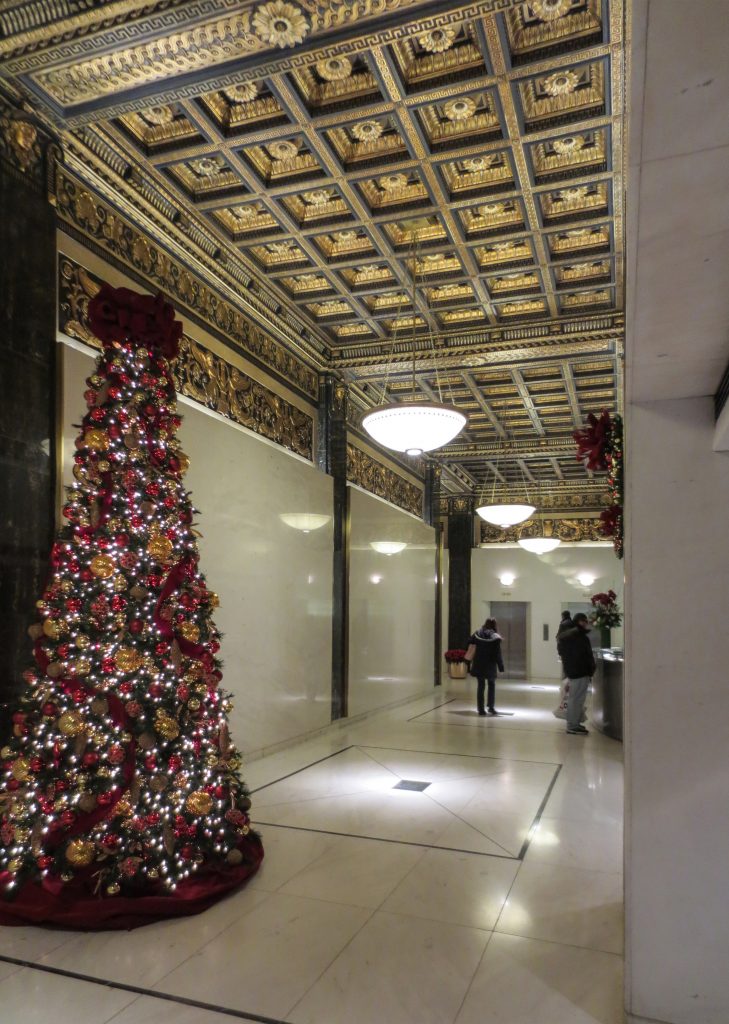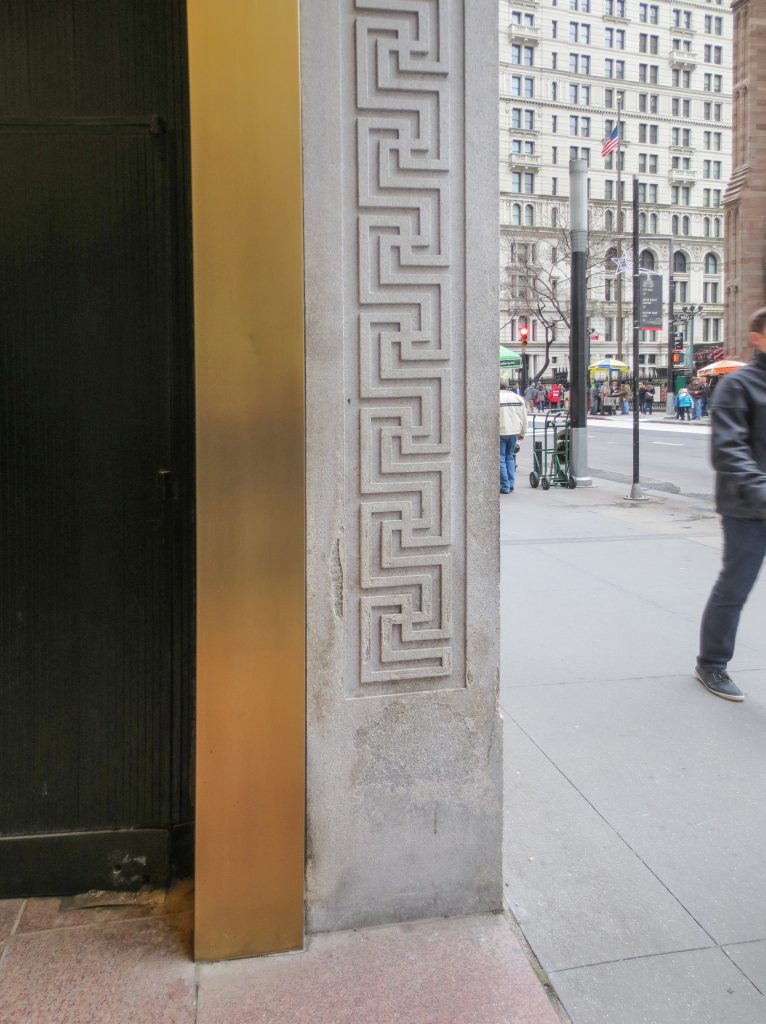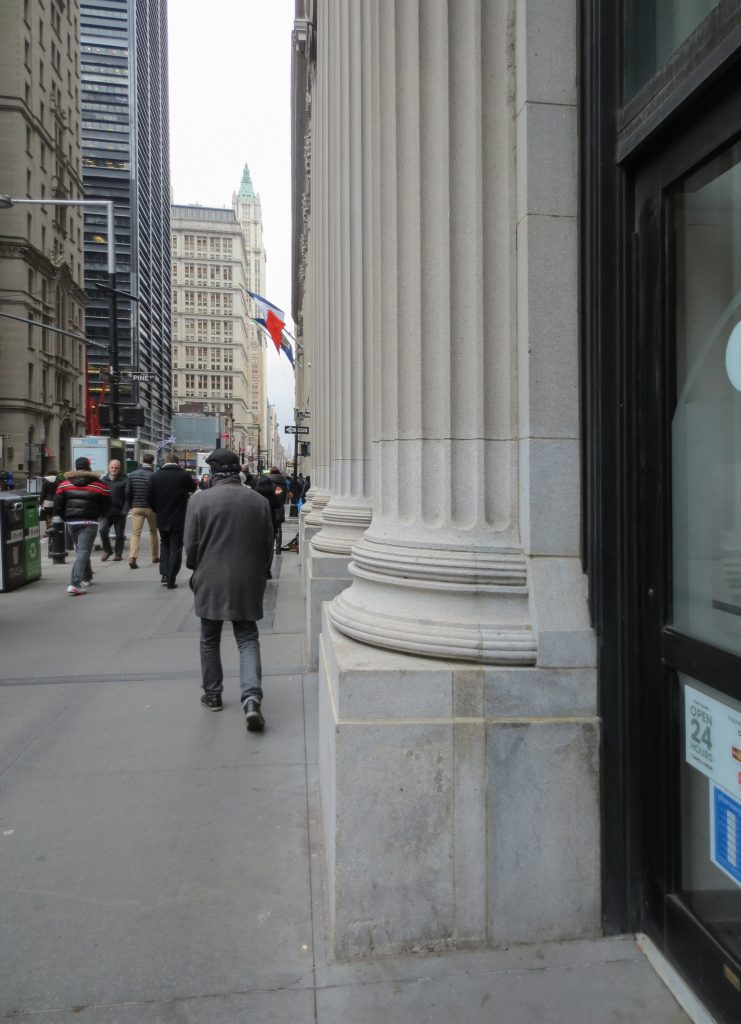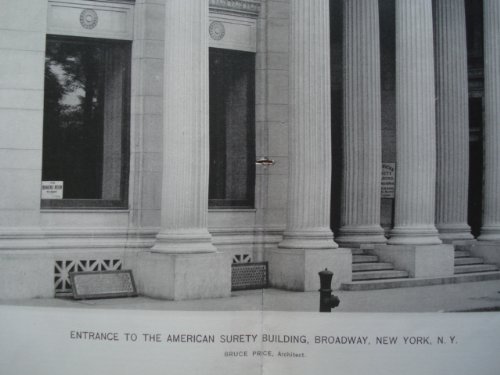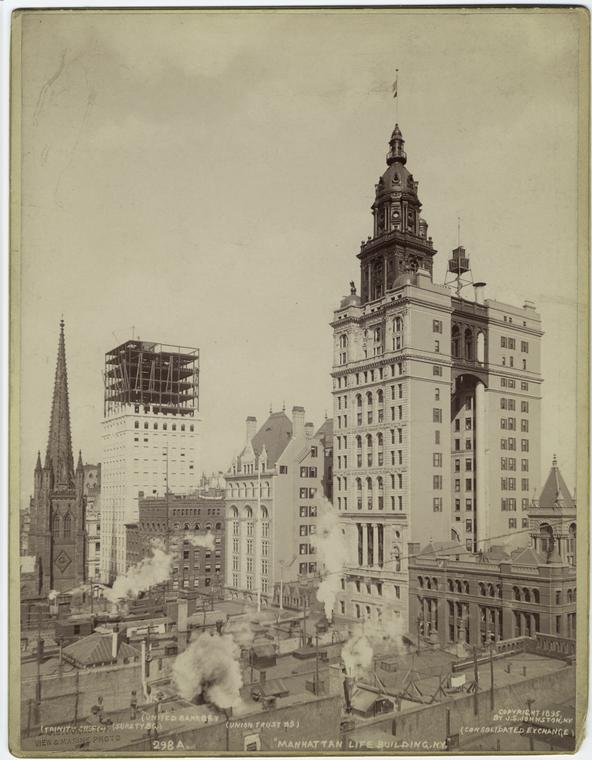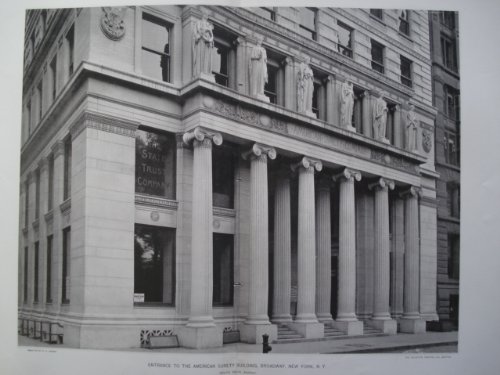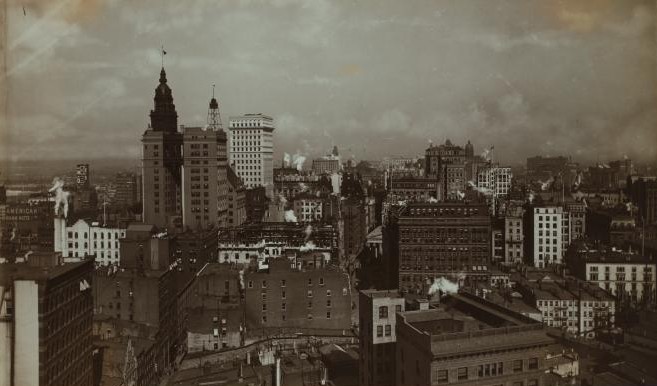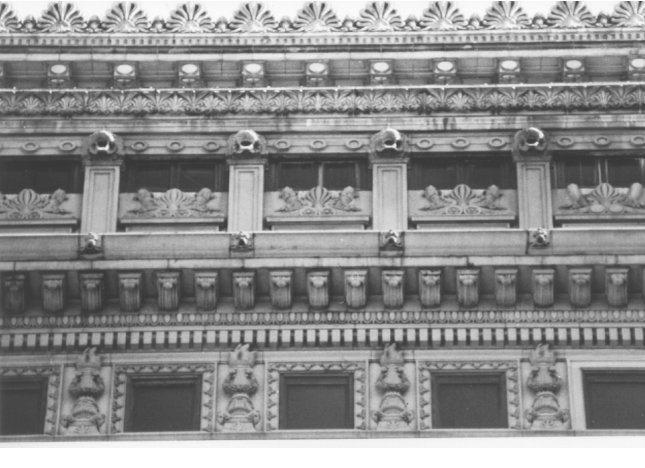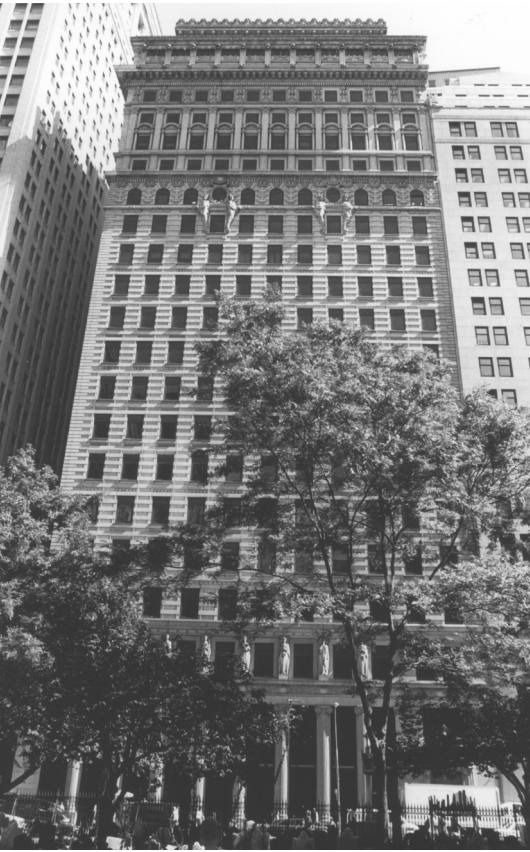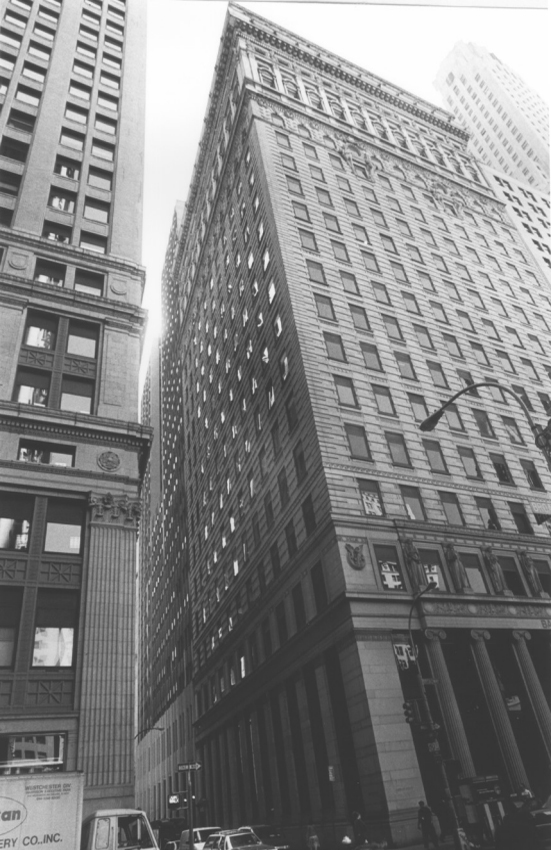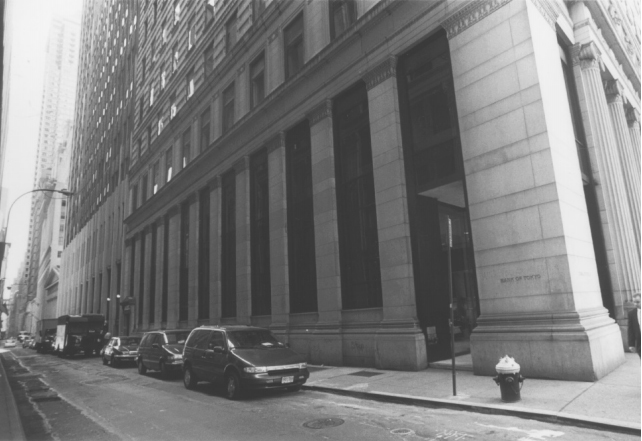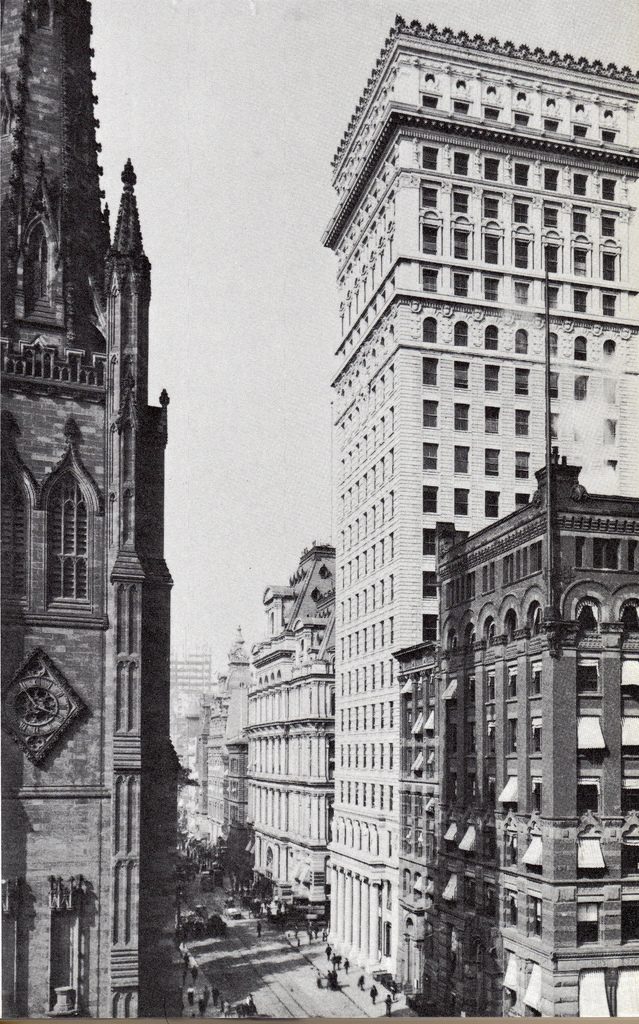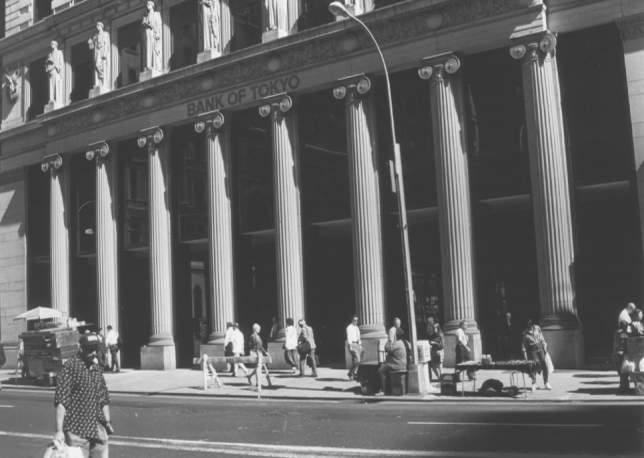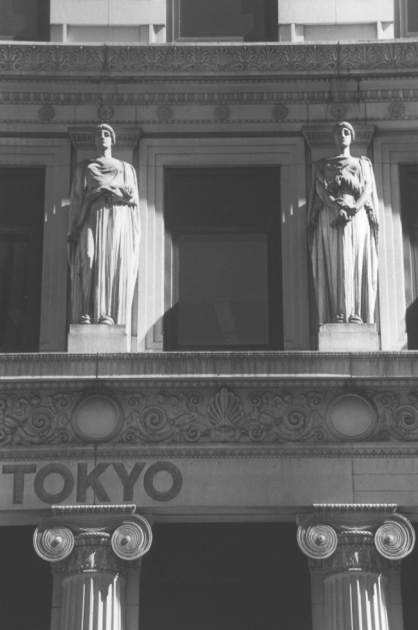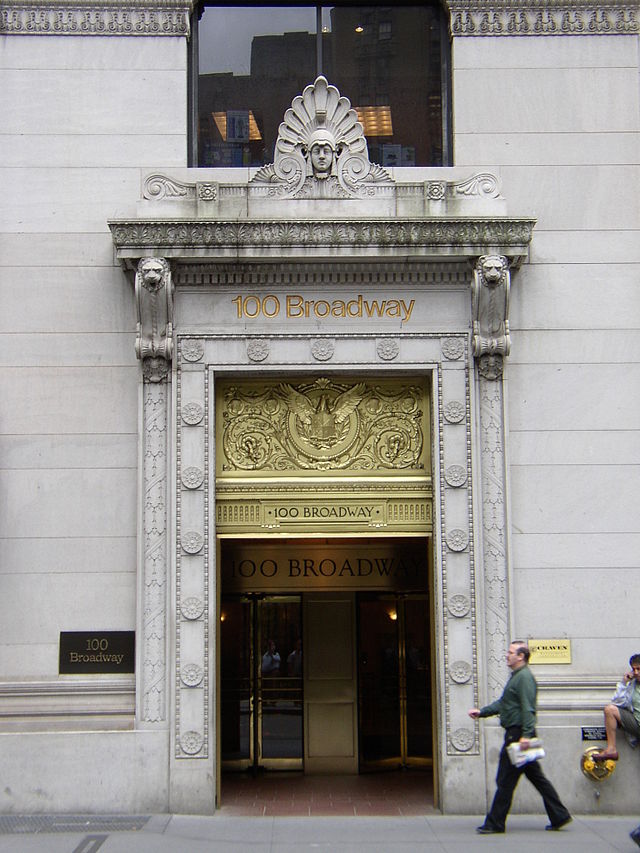American Surety Building
Introduction
The skyscraper built for the American Surety Insurance Company, was the first tall building by architect Bruce Price, was also one of the first skyscrapers built in New York, starting the path of skyscrapers for offices in the city. It was the apotheosis of the design for an office building at a time when the new skyscrapers were widely criticized. Between 1920-1922 the building was extended with four bays along two of its walls, significantly changing the proportions the same. The architect responsible for this increase, Herman Lee Meader, respects the original design, but the tower lost some of its character of “high”, an effect enhanced by the nearby construction of the Equitable Building, which rises 166m. In 1962 a group of investors bought the building. In 1973 the building undertook a major renovation, spending the first 13 floors to be occupied by the Bank of Tokyo
Location
The American Surety Building is located at the southeast corner of Pine Street and Broadway, the main entrance is at 100 Broadway, opposite Trinity Church in the heart of the financial district of Manhattan, New York, United States.
Concept

Before the construction of this building, the predominant design of skyscrapers in Manhattan showing the front facade detail and lateral low budget side and plane. The American Surety Building was one of the first to match the deal on all fronts, the architect felt that the prominence of the building should be viewed from all sides. From this construction and the popularity that the building was welcomed in the construction of skyscrapers in the city, began to consider within budgets the money would be spent on all fascists, even in the rear.
The tripartite organization of the building echoes the organization becomes a classical column, revealing the aesthetic influence of Beaux Arts architecture, filtered through the technical inspiration for the Chicago School. At the base, the input is an Ionic colonnade topped with sculptures in a classic J. Massey Rhind style, above average horizontal plants rises, vertical stripes framing the windows, culminating in a line of figurative sculptures extend from floor 14 to 15.
A coronation six-story, as amended, was designed with a colonnade of Corinthian pilasters, stone cornice and parapet crowning between 20-21 gold metal plant.
In an interview, Price describes his design as “… a steeple pillar with four faces, seven flutes are represented by seven rows of windows…”
Spaces
The building is located in a trapezoidal, irregular terrain, and designed as a neo-Renaissance tower clad with granite Maine. On a base of a tree 3-story rise a 12-storey tree and crowwn by 6-storey levels. The 4th and 15th floors are transitional floors.
Originally from the 1st to 3rd floors were occupied by banks and finance companies. The American Surety Company held the 4th, 5th, 6th and 7th.
Above the seventh floor of the building was rented as private offices, all have sinks and closets.
Sections
Base
- Facade Broadway
The lower part of the façade stands on Broadway is based on a double-height Ionic colonnade with a layered top with the inscription “Bank of Tokyo” entity frieze occupied the building from the early 70, covered with gold leaf. Behind the columns gallery opens. The first floor windows retract and open through arches on the second floor are slightly behind the top of the columns.
At the south end of the facade the highlighted entry to the office floors, topped by a pediment with brass inscription “100 Broadway” and a shield with an eagle stands. About the ornate stone frame repeats the address above and the stylized figure of a helmeted head.
On the third floor windows are flanked by carved figures classic, while the carved eagle with swords and rosette, the symbol of the company, are placed at the north and south. Planking above the third level starts the first floor of transition, the 4th floor.
- Facade Pine St
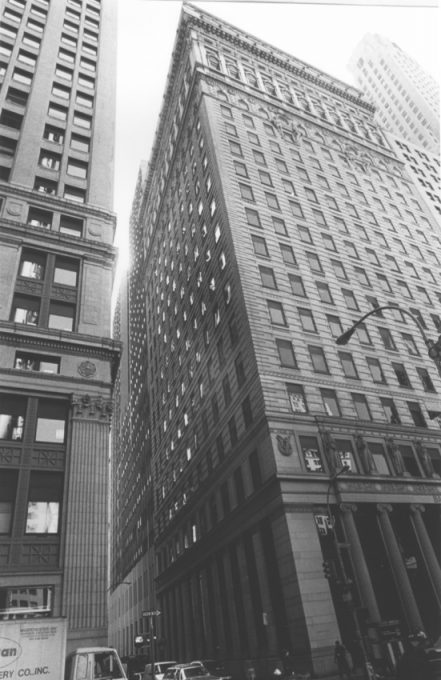
Above a granite slab, columns, in two levels, with capitals Anthemion are elevated, supporting a sheathing that is then exposed in the Broadway facade. At the east end its ranks a service entrance highlighted with stylized pediment surround and granite. The windows of the third floor are surrounded by projected spandrels with decorations of leaves.
Middle section
On both fronts, the fourth transitional plant is topped by a cornice. The walls of the middle section is treated as bands panels, pierced by windows rectangular openings, separated by vertical stripes and decorated with Greek sills patterns or series of discs.
On the Broadway facade applications stylized figurative sculptures flanking the fourth and eighth level, also extending from the fourteenth to the fifteenth floor. In all facades the 15th floor is arcuate openings for windows, with masks incorporated within the spandrels to form the ledge.
High Section
The upper section of the building on all fronts, is articulated by a two-story colonnade composed by Corinthian pilasters flanking window openings in silver 17 arched pediments are used. The colonnades are used on both floors of transition marked with square windows. You are crowned by a stone projected foliated corbels cornice.
Openings in floors 20 to 21 are flanked with columns, also crowned by a cornice. The south elevation of these plants, part of the scheme for the tower designed by Price, is partially visible. The two-story penthouse, back a little more being crowned by its own cornice topped with a row of Anthemia.
Structure
In the twenty years following the construction of the first building than was a challenge for architecture and engineering, the Equitable Building I, architects experimented with a variety of techniques and structural design solutions for increasingly higher buildings.
The building built between 1894-1896 by Price was one of the first buildings in Manhattan to incorporate new structural techniques, such as steel frames, curtain wall and drawer pillar foundation with a steel cantilever resting on the drawers. For this building drawers Price used air springs 21,95m sunk in bedrock, cemented with reinforced concrete.
The structural steel frame was fully protected from fire by terracotta blocks.
On both fronts, the fourth transitional plant is topped by a cornice. The walls of the middle section is treated as bands panels, pierced by windows rectangular openings, separated by vertical stripes and decorated with Greek sills patterns or series of discs.
On the Broadway facade applications stylized figurative sculptures flanking the fourth and eighth level, also extending from the fourteenth to the fifteenth floor. In all facades the 15th floor is arcuate openings for windows, with masks incorporated within the spandrels to form the ledge.
High Section
The upper section of the building on all fronts, is articulated by a two-story colonnade composed by Corinthian pilasters flanking window openings in silver 17 arched pediments are used. The colonnades are used on both floors of transition marked with square windows. You are crowned by a stone projected foliated corbels cornice.
Openings in floors 20 to 21 are flanked with columns, also crowned by a cornice. The south elevation of these plants, part of the scheme for the tower designed by Price, is partially visible. The two-story penthouse, back a little more being crowned by its own cornice topped with a row of Anthemia.
